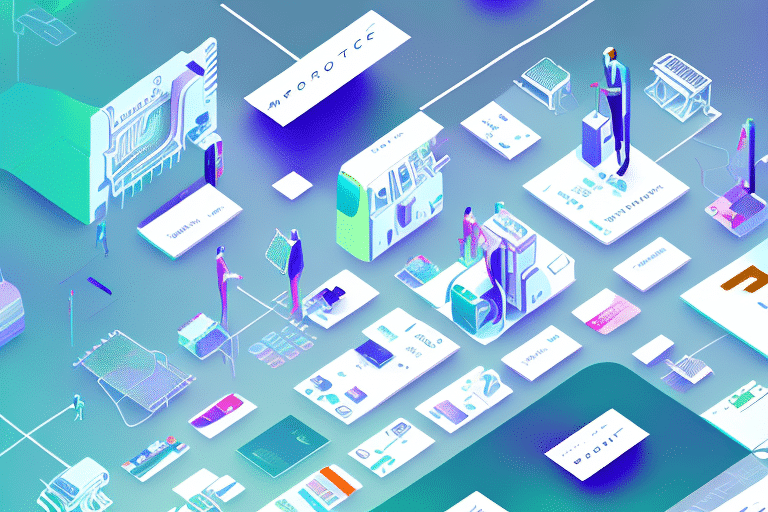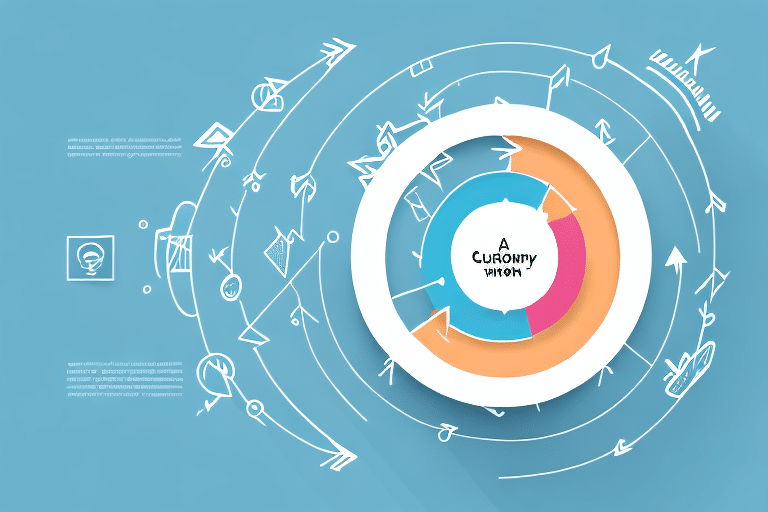Headless Ecommerce: Unlocking Seamless and Scalable Shopping Experiences
Ecommerce continues to evolve at a rapid pace, with online retailers constantly seeking innovative ways to enhance the shopping experience for their customers. Headless ecommerce has emerged as a cutting-edge solution, offering unparalleled flexibility and customization compared to traditional ecommerce platforms. This article delves into the intricacies of headless ecommerce, exploring its functionality, benefits, and the key differences from conventional models. Additionally, we will guide you on seamlessly integrating headless architecture into your existing technology stack.
Understanding Headless Ecommerce
Headless ecommerce refers to a decoupled architecture that separates the front-end presentation layer from the back-end commerce functionality. Unlike traditional ecommerce platforms where the front-end and back-end are tightly integrated, headless ecommerce allows the two to communicate via APIs (Application Programming Interfaces). This separation provides businesses with greater flexibility in designing user interfaces and enhances the scalability of their online stores.
How Headless Ecommerce Works
In a headless architecture, the front-end can be developed independently using any technology or framework, while the back-end handles all commerce operations such as inventory management, order processing, and payment gateways. Communication between the front-end and back-end occurs through APIs, enabling seamless data exchange and real-time updates.
- Front-End: Customized user interfaces designed to deliver unique and engaging shopping experiences.
- Back-End: Robust commerce functionalities optimized for performance and scalability.
- APIs: Bridges that facilitate communication between the front-end and back-end systems.
The Advantages of Headless Ecommerce
Adopting a headless ecommerce architecture offers several strategic benefits for online retailers:
1. Enhanced Flexibility and Customization
With the front-end decoupled from the back-end, businesses have the liberty to design bespoke user interfaces that align with their brand identity and meet specific customer needs. This flexibility fosters innovation and allows for the implementation of unique features that differentiate your store from competitors.
2. Improved Scalability
Headless ecommerce platforms can efficiently handle increased traffic and transaction volumes without compromising performance. By scaling the back-end independently, businesses can ensure consistent user experiences even during peak periods.
3. Faster Time-to-Market
The separation of front-end and back-end development processes allows for simultaneous updates and deployments. This means new features, designs, and functionalities can be rolled out more quickly, keeping your ecommerce store agile and responsive to market demands.
4. Seamless Integration with Third-Party Services
Headless architectures facilitate easy integration with a variety of third-party tools and services such as marketing automation platforms, CRM systems, and advanced analytics tools. This interconnected ecosystem enables businesses to streamline operations and enhance overall efficiency.
5. Enhanced User Experience
By leveraging modern front-end technologies, headless ecommerce enables the creation of highly interactive and responsive user interfaces. This results in faster load times, intuitive navigation, and a more engaging shopping experience for customers.
Headless Ecommerce vs. Traditional Ecommerce
Choosing between headless and traditional ecommerce platforms hinges on your business requirements and growth objectives. Here are key distinctions to consider:
Traditional Ecommerce
- Tightly Coupled Architecture: Front-end and back-end are interdependent, limiting customization options.
- Limited Flexibility: Modifying the user interface often requires changes to the back-end, which can be time-consuming.
- Slower Updates: Deploying new features or updates may disrupt the entire system.
- Integrated Solutions: Often come with built-in templates and functionalities that may not cater to unique business needs.
Headless Ecommerce
- Decoupled Architecture: Independent front-end and back-end allow for greater customization and flexibility.
- Scalability: Easily scale front-end and back-end components independently to handle growth.
- Agility: Rapidly deploy updates and new features without affecting other system components.
- Omnichannel Capabilities: Seamlessly integrate with various sales channels, including mobile apps, social media, and IoT devices.
Integrating Headless Ecommerce into Your Technology Stack
Transitioning to a headless ecommerce architecture requires strategic planning and execution. Follow these steps to ensure a smooth integration:
1. Assess Your Current Infrastructure
Identify the components of your existing ecommerce platform that would benefit from a decoupled approach. Evaluate the technological readiness of your team and the compatibility of your current systems with a headless setup.
2. Choose the Right Headless Solution
Select a headless ecommerce platform that aligns with your business needs. Consider factors such as API robustness, scalability, support options, and integration capabilities. Popular headless platforms include Shopify Plus and Contentful.
3. Develop the Front-End
Leverage modern front-end technologies like React, Vue.js, or Angular to build a custom user interface. Ensure that the front-end is optimized for performance, mobile responsiveness, and user engagement.
4. Integrate Back-End Services
Connect your front-end with back-end services through APIs. This includes integrating with inventory management systems, payment gateways, and other essential backend functionalities.
5. Test and Optimize
Conduct thorough testing to identify and rectify any issues. Monitor performance metrics and gather user feedback to continuously optimize the shopping experience.
Building a Scalable and Secure Headless Ecommerce Platform
To ensure long-term success, your headless ecommerce platform must be both scalable and secure:
Scalability
Choose a platform that can handle increased traffic and transaction volumes as your business grows. Implement microservices architecture to manage different components independently, enhancing overall system scalability.
Security
Implement robust security measures to protect customer data and prevent breaches. This includes using encryption for data transmission, implementing access control policies, and regularly auditing your systems for vulnerabilities.
- Encryption: Protect data in transit and at rest using industry-standard encryption protocols.
- Access Control: Restrict access to critical systems and data based on user roles and permissions.
- Regular Audits: Conduct periodic security assessments to identify and mitigate potential threats.
Future Trends in Headless Ecommerce
The landscape of headless ecommerce is continually evolving, driven by technological advancements and changing consumer behaviors. Here are some trends to watch:
1. Artificial Intelligence and Machine Learning
AI and ML are increasingly being integrated into ecommerce platforms to deliver personalized shopping experiences, optimize inventory management, and enhance customer support through chatbots.
2. Voice Commerce
With the rise of voice-activated devices, voice commerce is becoming a significant channel for online shopping. Headless architectures facilitate the integration of voice assistants, enabling users to make purchases through voice commands.
3. Augmented Reality (AR) and Virtual Reality (VR)
AR and VR technologies are being used to create immersive shopping experiences, allowing customers to visualize products in real-world settings before making a purchase.
4. Blockchain for Enhanced Security
Blockchain technology is being explored to enhance transaction security, ensure data integrity, and provide transparent supply chain tracking in ecommerce.
Best Practices for a Successful Headless Ecommerce Strategy
Implementing a headless ecommerce strategy requires meticulous planning and adherence to best practices:
- Define Clear Objectives: Establish what you aim to achieve with a headless architecture, such as improved scalability, enhanced user experience, or seamless omnichannel integration.
- Invest in Skilled Developers: Ensure your team has the necessary expertise in front-end and back-end technologies to effectively manage a headless system.
- Focus on API Management: Maintain well-documented and secure APIs to facilitate smooth communication between front-end and back-end components.
- Prioritize Performance Optimization: Regularly monitor and optimize your platform’s performance to ensure fast load times and a seamless user experience.
- Ensure Robust Security Measures: Implement comprehensive security protocols to protect your ecommerce platform from potential threats.
- Continuously Iterate and Improve: Use data-driven insights to refine your strategy, making iterative improvements to enhance functionality and user satisfaction.
Conclusion
Headless ecommerce represents the future of online retail, offering businesses the flexibility, scalability, and customization needed to thrive in a competitive marketplace. By decoupling the front-end and back-end, retailers can create engaging and personalized shopping experiences, seamlessly integrate with various technologies, and efficiently scale their operations. As the ecommerce landscape continues to evolve, adopting a headless architecture will be pivotal in staying ahead of the curve and meeting the ever-changing demands of consumers.




















